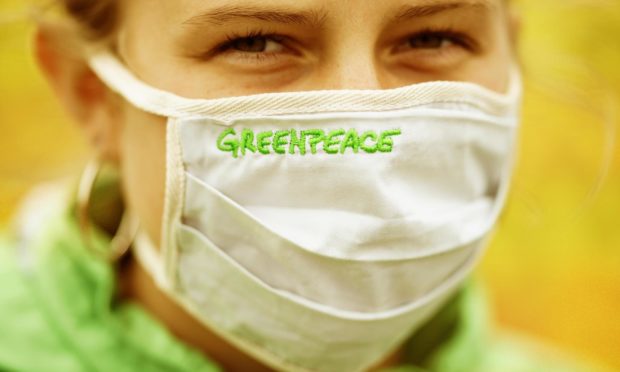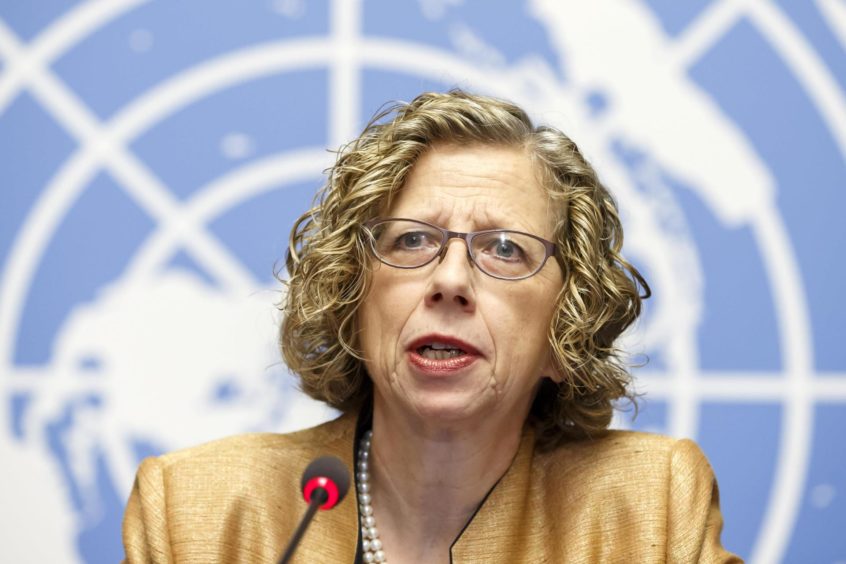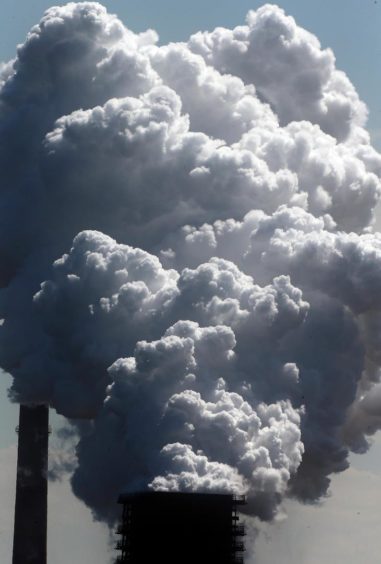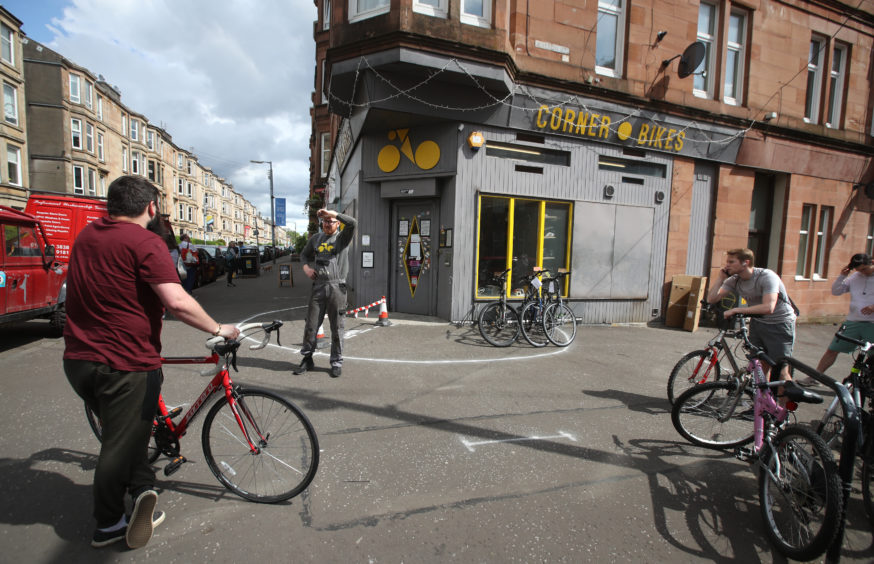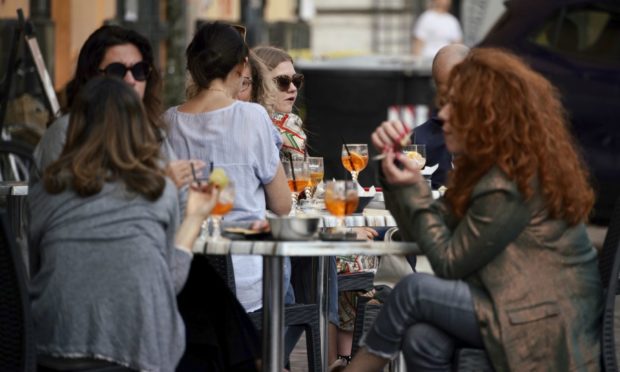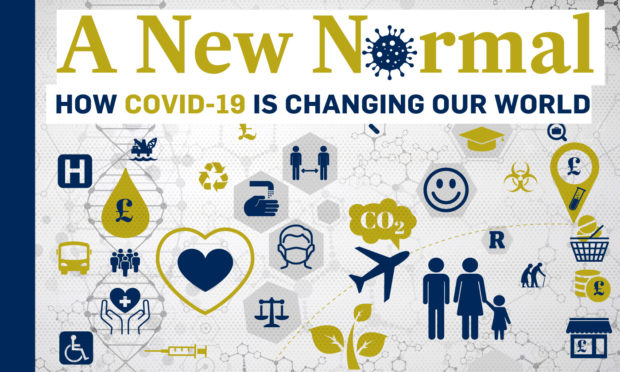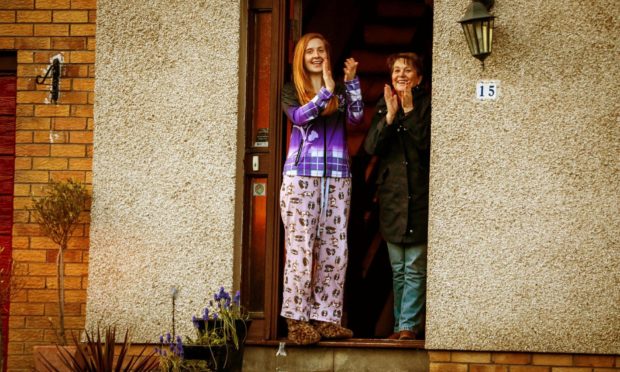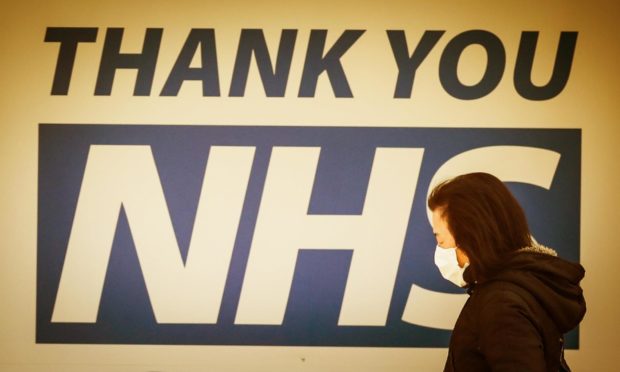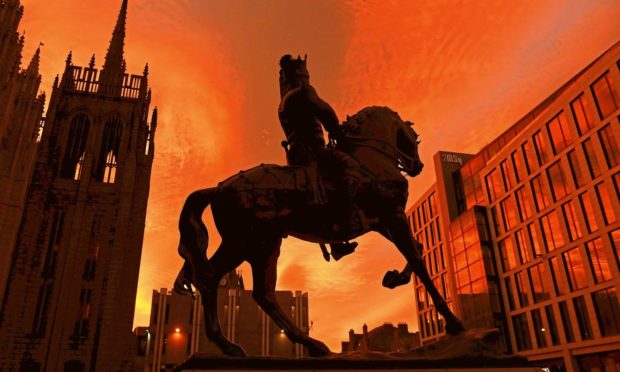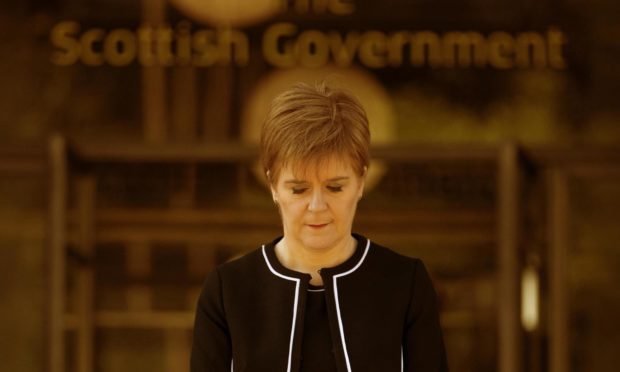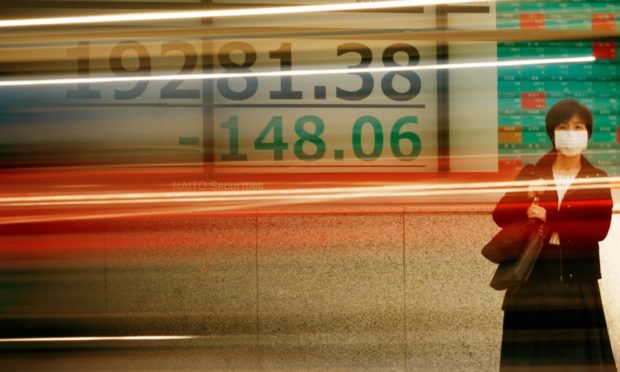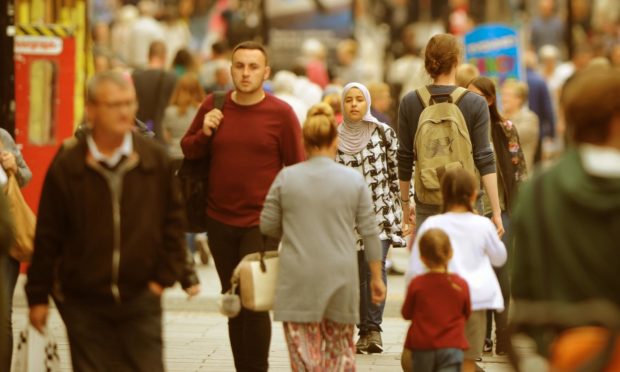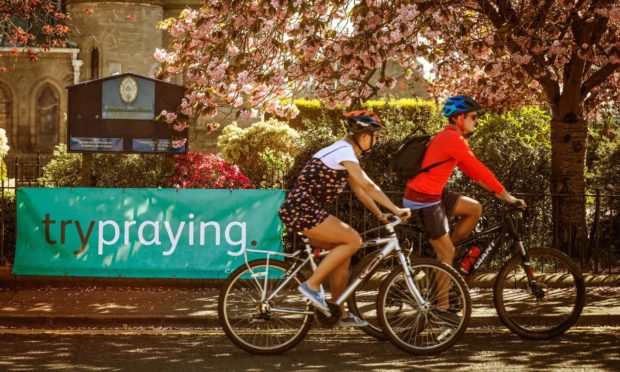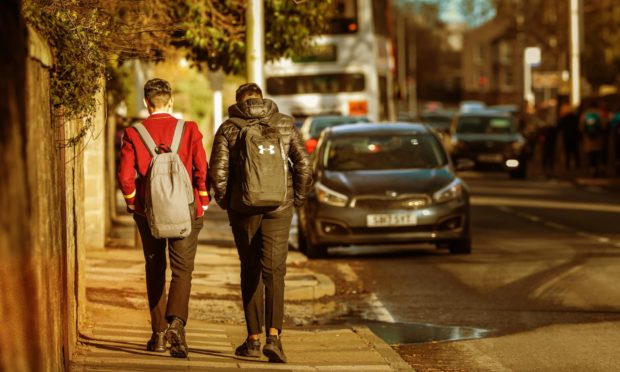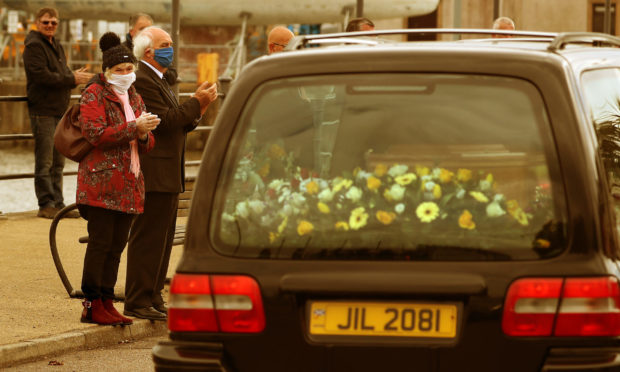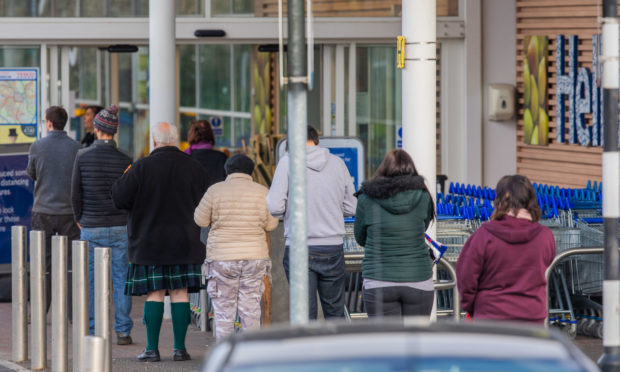The climate crisis and Covid-19 are two very different challenges, but they do have some key things in common.
Both are global – they do not respect national boundaries – and both require countries to work together to find solutions.

The global community has shown a willingness to work together on the pandemic and now the UN’s environment chief, Inger Andersen, is calling on world governments to show a similar spirit towards the climate crisis.
Ms Anderson told us that Covid-19 should really act as a wake-up call and alert us all to the need for a truly global response to climate change.
“The pandemic has revealed just how vulnerable our global systems are when it comes to protecting the environment, health and economy,” Ms Andersen said.
“But if the world has seen a scary future through the lens of Covid-19, the future of our planet in a three to four degree Celsius scenario takes us to an entirely different level of uncertainty than presented by the current crisis.
“If this abhorrent and tragic crisis is teaching us anything, it is that in a pandemic, there are no individual solutions, only global solutions. And this is the same with climate change, for which there can only be a global solution.”
Climate change has not paused and neither, therefore, can our actions.”
UN environment director Inger Andersen
The reality is – as outlined by UN’s Emissions Gap Report in 2019 – that we must cut global emissions by 7.6 per cent every year for the next decade if we are to limit temperature to a 1.5 degree rise, as per the Paris Agreement.
This requires every country in the world to step up climate action five-fold.
“There is no negotiating this ask, which is the foundation of the future we want,” Ms Andersen said.
“Climate change has not paused and neither, therefore, can our actions to avoid climate shifts and global warming whether through investments in renewable energy, improvements in industrial production, waste management or infrastructure.”
Asked about the projected economic downturn and potential impact on investments in green technologies and jobs, Ms Andersen said the focus of the recovery should be “green”.
She added: “This should be seen as an opportunity to weave in recovery efforts and climate-friendly investments that can stimulate economies, build the resilience and create green and sustainable job opportunities.
“We can use stimulus packages to build back better – more sustainably – and move our current consumption and production patterns, to more sustainable development.”
Green recovery
At a recent climate conference in London, hosted by environment charity Plan B, many of the UK’s leading scientists agreed with Ms Andersen’s point.
“What the Covid crisis exposes, is that we can do things differently, we must not go back to the status quo after,” said Sir Michael Marmot, professor of epidemiology and public health at University College London.
“We’ve exposed to ourselves that we can do things differently and we have to.”
Dr Jason Hickel, economist at Goldsmiths University, warned however that shutting down the economy was not a sustainable way of addressing climate change.
AUDIO: listen to the ‘New Normal’ series writers discuss their findings in this special Stooshie podcast
He said: “People are now noticing that when you do scale down energy use and industrial production then it does have these ecological benefits but the crucial thing to observe here is that this is happening in an unplanned, chaotic way, that’s hurting people’s lives; we would never advocate for such a thing in climate policy.
“What we need is a planned approach to reducing unnecessary industrial activity that has no connection to human welfare and also that disproportionately benefits already wealthy people as opposed to ordinary people.
“So there are much more equitable just and careful planned ways to approach this kind of problem than what’s happening right now.”
As Lord Nicholas Stern, former chief economist to the World Bank, remarked: “Humanity is at a crossroads, this could be the best of centuries, or the worst of centuries” – it all depends on how we exit this crisis and plan for the next.”
Local changes
At a local level there has been much debate about the environmental consequences of Covid-19.
Many have observed better air quality due to the drop in traffic, which in turn has prompted calls for pedestrianised city centres.
Gavin Thomson, air pollution campaigner with Friends of the Earth Scotland, said in the years ahead local authorities would have decisions to make about how to reallocate space.
“I think we can expect lower levels of traffic for quite a while, compared to pre-pandemic levels, at least. I think that pushes us to a decision about how much and where we want to reallocate space,” he said.
“I think there’s been some signs that Glasgow, Edinburgh and Dundee have seen an increase in cycling during the shutdown period, mainly for exercise; councils will respond to that and address the need for more public space and the need for social distancing.
“I think we will see demands on councils for more cycling provision, and, improvement around some of our pavements which aren’t that great.
“So I think going forward there will be decisions about what kind of cities we want to live in.”
There are fears that when the pandemic is brought under control, there may be a surge in car use as people seek to avoid public transport.
Mr Thomson acknowledged that was a worry, saying: “I do worry about that, but I think this is where we have to see Covid-19 in the context of the longer-term crisis the world is facing, which is climate change.
“I think that needs to mean we prioritise sustainable transport, which are walking, cycling and public transport, but we need to be very careful about who uses public transport for the foreseeable future, hopefully that will mean councils will take very seriously the low cost and the high value of cycling infrastructure.
“I am optimistic that when people push their councils for the infrastructure we need for walking and cycling, that councils will make the right decision.”
